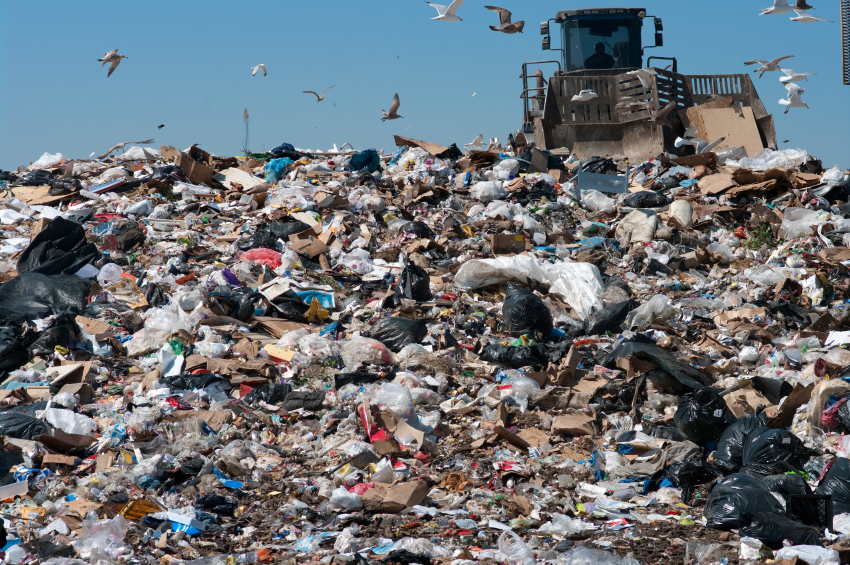Why waste-to-energy projects fail
Prassas Capital has been involved with renewable energy, and specifically waste-to-energy, finance for the past ten years. We have focused on project finance, rather than financing the companies themselves. We have worked with scores of bootstrap developers, attempting to develop and finance projects throughout the range of waste-to-energy alternatives. We successfully financed two anaerobic digestion facilities, with the participation of a marque private equity firm, in 2015. We repeated secured financing for another biogas developer, for several projects throughout the country. Our engagements have been on a success fee basis, with no monthly retainer required. We appreciate the extraordinary development expenses a bootstrap developer must somehow fund upfront, and we had confidence in our ability to recognize viable (and fundable) projects. There is a renewed interest in waste-to-energy throughout the world, but such projects have unique and stringent financing requirements. Many budding developers, particularly those from a wind, solar or real estate background, underestimate the operating and technological risk, and seek financing on conventional terms. About half the projects we see cannot be financed on any terms. Waste to energy and recycling projects have a high failure rate. This has an enormous influence on the reception by lenders and third-party equity providers. A technology provider is not enough. The project needs an EPC with the financial capacity to offer performance guarantees. The operator must be able to demonstrate ongoing operating capability. A technology is proven when it can operate on a commercial scale. Feasibility studies and white papers have no value in the financing market. Pilot plants offer some validation, but are not proof of concept. They too frequently fail at scale up. Most conventional project finance is real estate or asset-based, which offers a high investment recovery rate if the project should fail. Waste-to-energy projects have little or no marketable assets or real estate. A failed project is virtually a complete write-off. Generally speaking, lenders are not comfortable with waste to energy on a project finance basis. Smaller lenders do not understand them; larger lenders are only interested in larger (greater than $50-$75 million) projects from larger clients with established or desirable relationships. Highly leveraged projects, in the current market, are a myth. We are frequently contacted by budding developers seeking high leveraged loans, and investment tax credits for the entire equity contribution. Â And unfortunately, some investment banks promote such nonsense. Eligibility for tax-exempt bond financing does not alter the loan underwriting criteria. Mutual funds and bond investors are not dumb money. We have seen a number of investment banks issuing term sheets for such projects. Investment banks are financial intermediaries. A term sheet from an intermediary is not only useless, it is deceitful. Only a term sheet from a direct lending or equity source that has the actual capability to write a check, has relevance. Many private equity firms in alternative energy state that they are interested in waste-to-energy; but what they really want is wind and solar, which they (think) they understand and is considered risk-free. Few financial investors understand the technology and operating risks behind WTE, and are ultimately unwilling to close. Developers must generally have their own early stage pre-development money. Viable projects require long-term feedstock and offtake agreements. Merchant facilities are exponentially more difficult to finance. Unlevered project IRR of high teens to mid-twenties is necessary to attract private equity. While investment tax credits are generally available for larger wind and solar projects, waste-to-energy is often considered too risky. Investment tax credit providers want equity returns with debt security. Their terms and conditions often conflict with and are incompatible with debt.
